Junho Cho
How Can Objects Help Video-Language Understanding?
Apr 10, 2025Abstract:How multimodal large language models (MLLMs) perceive the visual world remains a mystery. To one extreme, object and relation modeling may be implicitly implemented with inductive biases, for example by treating objects as tokens. To the other extreme, empirical results reveal the surprising finding that simply performing visual captioning, which tends to ignore spatial configuration of the objects, serves as a strong baseline for video understanding. We aim to answer the question: how can objects help video-language understanding in MLLMs? We tackle the question from the object representation and adaptation perspectives. Specifically, we investigate the trade-off between representation expressiveness (e.g., distributed versus symbolic) and integration difficulty (e.g., data-efficiency when learning the adapters). Through extensive evaluations on five video question answering datasets, we confirm that explicit integration of object-centric representation remains necessary, and the symbolic objects can be most easily integrated while being performant for question answering. We hope our findings can encourage the community to explore the explicit integration of perception modules into MLLM design. Our code and models will be publicly released.
Font Representation Learning via Paired-glyph Matching
Nov 20, 2022



Abstract:Fonts can convey profound meanings of words in various forms of glyphs. Without typography knowledge, manually selecting an appropriate font or designing a new font is a tedious and painful task. To allow users to explore vast font styles and create new font styles, font retrieval and font style transfer methods have been proposed. These tasks increase the need for learning high-quality font representations. Therefore, we propose a novel font representation learning scheme to embed font styles into the latent space. For the discriminative representation of a font from others, we propose a paired-glyph matching-based font representation learning model that attracts the representations of glyphs in the same font to one another, but pushes away those of other fonts. Through evaluations on font retrieval with query glyphs on new fonts, we show our font representation learning scheme achieves better generalization performance than the existing font representation learning techniques. Finally on the downstream font style transfer and generation tasks, we confirm the benefits of transfer learning with the proposed method. The source code is available at https://github.com/junhocho/paired-glyph-matching.
On Digital Subcarrier Multiplexing under A Bandwidth Limitation and ASE Noise
Feb 25, 2022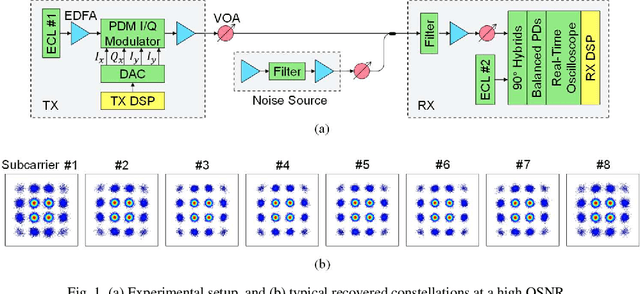
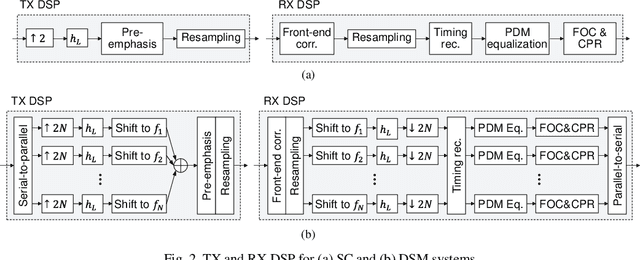
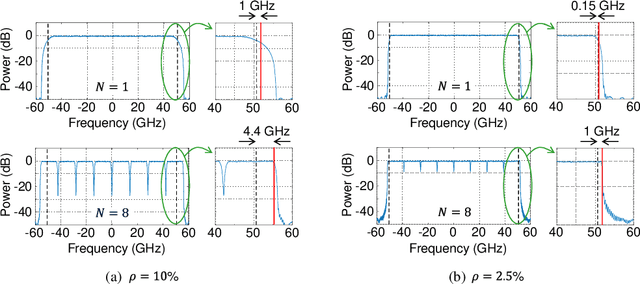
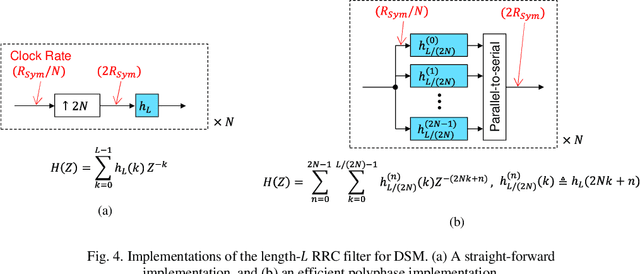
Abstract:We show that digital subcarrier multiplexing (DSM) systems require much greater complexity for Nyquist pulse shaping than single-carrier (SC) systems, and it is a misconception that both systems use the same bandwidth when using the same pulse shaping. Through back-to-back (B2B) experiments with realistic transmitter (TX) modules and amplified spontaneous emission (ASE) noise loading, we show that even with optimized waterfilling and entropy loading, DSM does not achieve a larger net data rate (NDR) compared to SC when only ASE noise exists in the channel in long-haul transmission scenarios.
On the Kurtosis of Modulation Formats for Characterizing the Nonlinear Fiber Propagation
Dec 07, 2021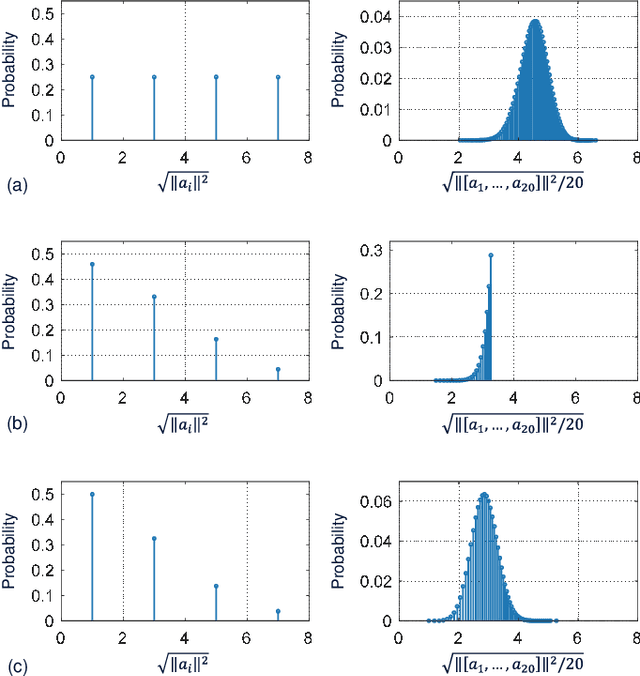
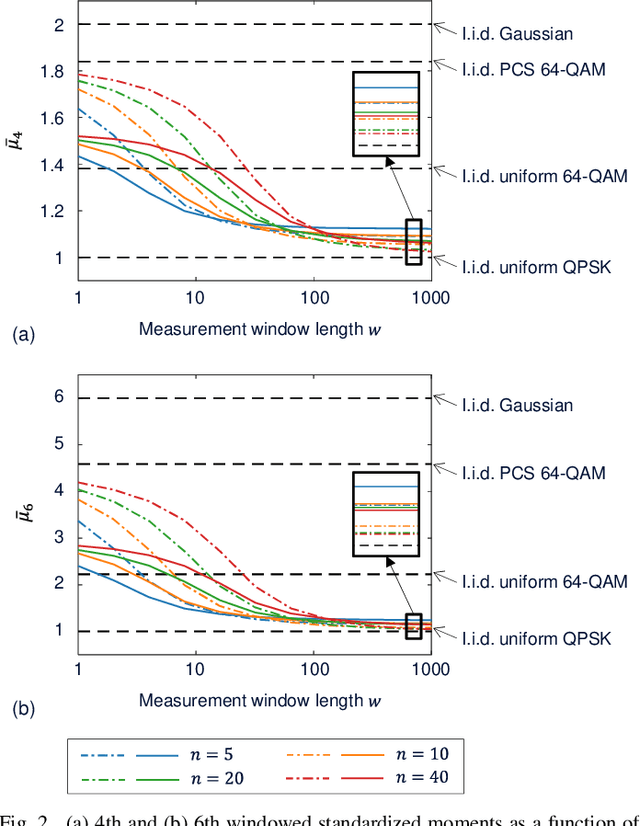
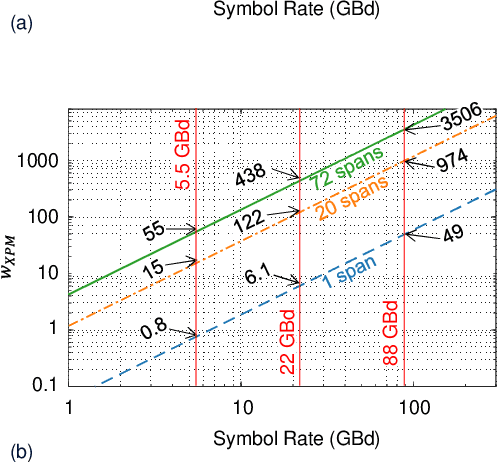
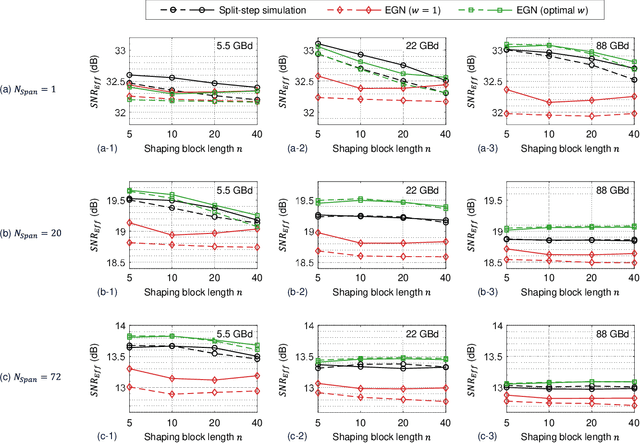
Abstract:Knowing only two high-order statistical moments of modulation symbols, often represented by the fourth moment called "kurtosis", the overestimation of nonlinear interference (NLI) in a Gaussian noise (GN) model due to Gaussian signaling assumption can be corrected through an enhanced GN (EGN) model. However, in some modern optical communication systems where the transmitted modulation symbols are statistically correlated, such as in systems that use probabilistic constellation shaping (PCS) with finite-length sphere shaping, the kurtosis-based EGN model produces significant inaccuracies in analytical prediction of NLI. In this paper, we show that for correlated modulation symbols, the NLI can be more accurately estimated by substituting a statistical measure called windowed kurtosis into the EGN model, instead of the conventional kurtosis. Remarkably, the optimal window length for windowed kurtosis is found to be consistent with the self-phase modulation (SPM) and cross-phase modulation (XPM) characteristic times in various system configurations. The findings can be used in practice to analytically evaluate and design NLI-tolerant modulation formats.
Single-ended Coherent Receiver
Sep 12, 2021
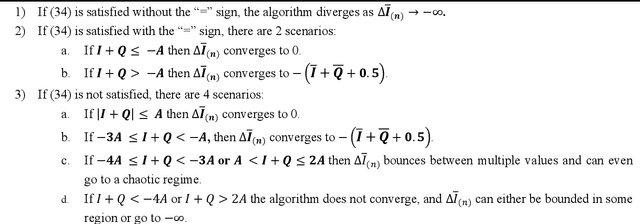


Abstract:Commercial coherent receivers utilize balanced photodetectors (PDs) with high single-port rejection ratio (SPRR) to mitigate the signal-signal beat interference (SSBI) due to the square-law detection process. As the symbol rates of coherent transponders are increased to 100 Gbaud and beyond, maintaining a high SPRR in a cost-effective manner becomes more and more challenging. One potential approach for solving this problem is to leverage the concept of single-ended coherent receiver (SER) where single-ended PDs are used instead of the balanced PDs. In this case, the resulting SSBI should be mitigated in the digital domain. In this paper, we show that SSBI can be effectively mitigated using various low-complexity techniques, such as the direct filed reconstruction (DFR), clipped iterative SSBI cancellation (CIC) and gradient decent (GD). In addition, we present a self-calibration technique for SERs which can be extended for characterizing the optical-to-electrical (O/E) response of a conventional balanced coherent receiver (BR). Using the developed techniques, we then experimentally demonstrate a 90 Gbaud probabilistically constellation shaped 64-QAM (PCS-64QAM) transmission using a SER, achieving a net data rate of 882 Gb/s over 100 km of standard single mode fiber (SSMF). The sensitivity penalty compared to the BR is below 0.5 dB. We expect that when the symbol rate is increased further, a SER can potentially outperform a BR, especially when applied to cost-sensitive commercial pluggable coherent transceivers
Unsupervised Hyperbolic Representation Learning via Message Passing Auto-Encoders
Mar 30, 2021



Abstract:Most of the existing literature regarding hyperbolic embedding concentrate upon supervised learning, whereas the use of unsupervised hyperbolic embedding is less well explored. In this paper, we analyze how unsupervised tasks can benefit from learned representations in hyperbolic space. To explore how well the hierarchical structure of unlabeled data can be represented in hyperbolic spaces, we design a novel hyperbolic message passing auto-encoder whose overall auto-encoding is performed in hyperbolic space. The proposed model conducts auto-encoding the networks via fully utilizing hyperbolic geometry in message passing. Through extensive quantitative and qualitative analyses, we validate the properties and benefits of the unsupervised hyperbolic representations. Codes are available at https://github.com/junhocho/HGCAE.
Digital Interference Mitigation in Space Division Multiplexing Self-Homodyne Coherent Detection
Feb 28, 2021


Abstract:We propose a digital interference mitigation scheme to reduce the impact of mode coupling in space division multiplexing self-homodyne coherent detection and experimentally verify its effectiveness in 240-Gbps mode-multiplexed transmission over 3-mode multimode fiber.
Does Probabilistic Constellation Shaping Benefit IM-DD Systems without Optical Amplifiers?
Feb 09, 2021



Abstract:Probabilistic constellation shaping (PCS) has been widely applied to amplified coherent optical transmissions owing to its shaping gain over the uniform signaling and fine-grained rate adaptation to the underlying fiber channel condition. These merits stimulate the study of applying PCS to short-reach applications dominated by intensity modulation (IM) direct detection (DD) systems. As commercial IM-DD systems typically do not employ optical amplification to save the cost and power consumption, they are no longer subject to an average power constraint (APC) but a peak power constraint (PPC), which poses unique challenges to take full advantages of PCS. This paper provides a comprehensive investigation of PCS in IM-DD systems without optical amplifiers. In particular, we reveal that if the transmitter enhances the peak-to-average power ratio of the signal, a PPC system can be partially or even fully converted to an APC system in which the classical PCS offers its merits. The findings are verified through an IM-DD experiment using 4- and 8-ary pulse amplitude modulations.
Supply-Power-Constrained Cable Capacity Maximization Using Deep Neural Networks
Oct 02, 2019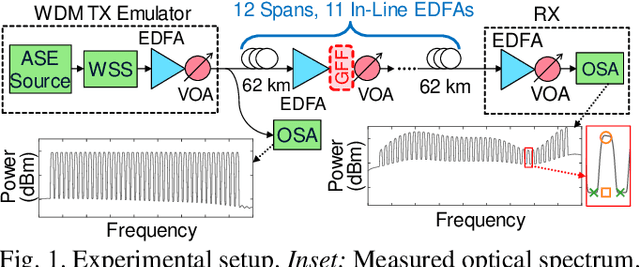
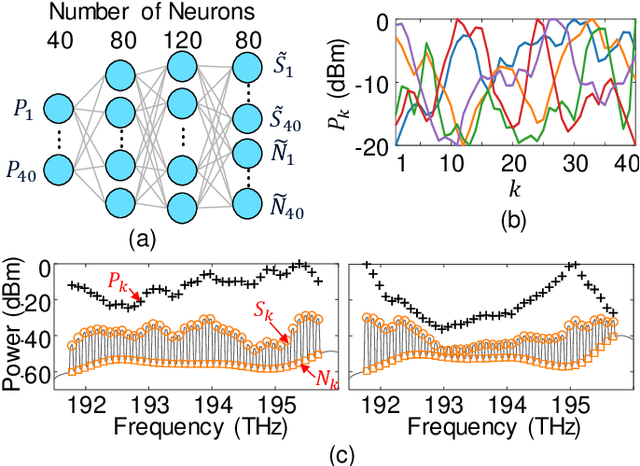
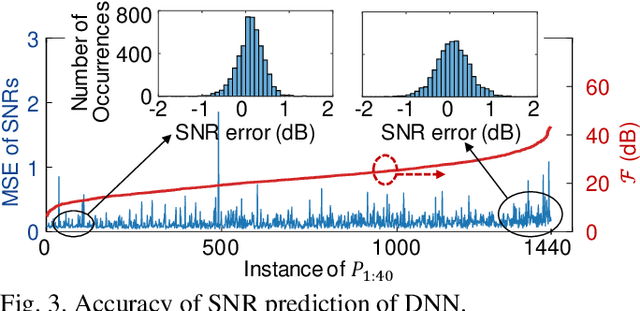
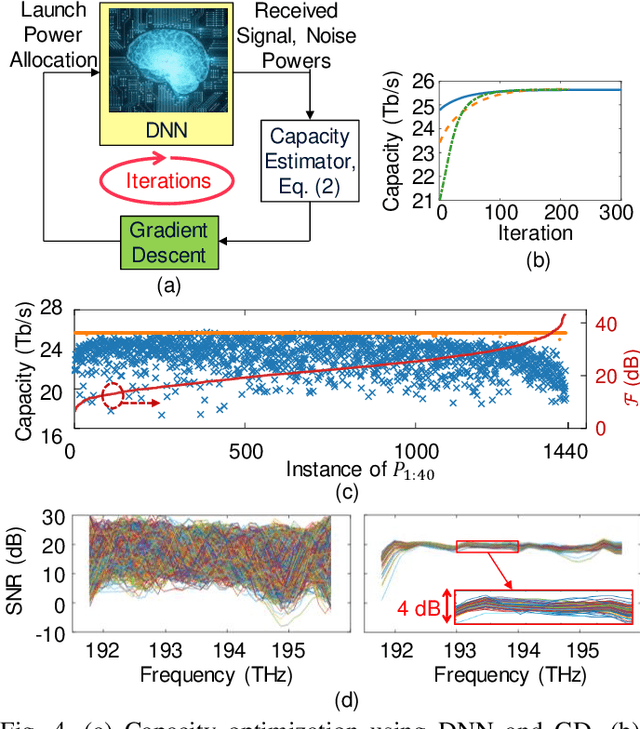
Abstract:We experimentally achieve a 19% capacity gain per Watt of electrical supply power in a 12-span link by eliminating gain flattening filters and optimizing launch powers using machine learning by deep neural networks in a massively parallel fiber context.
 Add to Chrome
Add to Chrome Add to Firefox
Add to Firefox Add to Edge
Add to Edge